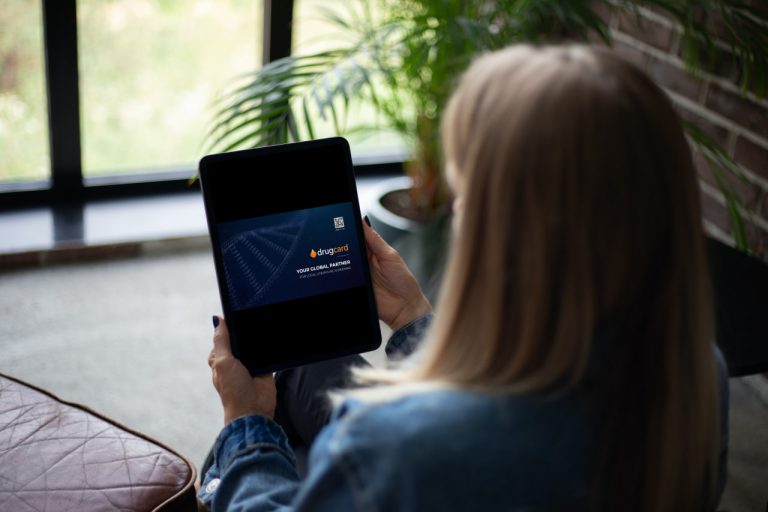Literature Monitoring in GVP Audit
- 04/06/2022
The scientific and medical literature is essential for monitoring the safety profile and the drug risk/benefit ratio. Especially concerning detecting new signals or other safety issues. Continuous monitoring of the safety profile and assessing the risk/benefit ratio of drugs are critical pharmacovigilance processes. Literature monitoring process is always checked during the GVP audit. Auditors determine the existence of the process, its functioning, and compliance with requirements of the guidelines and current pharmacovigilance legislation. Inappropriate literature monitoring by MAHs may lead to drug safety inconsistencies. Pharmaceutical companies certainly need to improve this component of the pharmacovigilance system. Company management should understand the importance of the proper pharmacovigilance system functioning as part of the business process. Today, there is an urgent need for the industry to use newer, more comprehensive, practical, and economic literature screening solutions to meet regulatory, marketing, and strategic requirements.
Inappropriate MAH Literature Monitoring in Ukraine According to GVP Audit Data
The official website of the State Expert Center of the Ministry of Health of Ukraine published the results of MAH pharmacovigilance system audits for 2019-2021. The MAHs pharmaceutical systems audits revealed six critical, 113 major, and 11 minor inconsistencies.
According to the SEC report, inadequate documentation of processes in pharmacovigilance led to critical inconsistencies found in one MAH. The gaps in the literature monitoring led to major inconsistencies in 7.1% of the cases of eight MAHs. Also, the improper literature monitoring was the reason for establishing minor inconsistencies in six MAHs. Indeed, literature monitoring plays a significant and sometimes decisive role in the constant drug risk/benefit ratio assessment. In turn, this process should meet all requirements of good documentation practice. Critical discrepancies have also been identified in assessing the continuous risk/benefit ratio monitoring and computerised systems and database use.
Literature Monitoring for Safety Information Identification
The European Medical Agency (EMA) publishes the Annual Report on EudraVigilance for each year of its activity. According to the Annual Report for 2017, the primary source of potential EMA signals is EudraVigilance screening- 81.8% of possible cases detected. There is an increase of potential signals in the scientific literature. It accounts for 16.5% of potential signals (13.9% in 2016).
In 2017, a review of academic articles resulted in 14,193 ADR reports to 6,790 individual cases listed in EudraVigilance. Scientific literature screening revealed 17.8% of potential signals in 2018. 20% of possible signals came from scientific literature in 2019 and 18% in 2020.
Given the COVID-19 pandemic, there is a unique monitoring strategy for COVID vaccines. The last Annual Report for 2021 published interesting data on detected signals. Out of 344 vaccine signals, 26 were revealed from literature monitoring. These data indicate that scientific literature screening plays an ongoing role in identifying drug safety issues, including signals.
Literature Monitoring in GVP Audit: Challenges for Pharmaceutical Industry
The quality and effectiveness of the literature monitoring process have a significant impact on the quality of periodic safety reports, the detection of new safety signals, and, ultimately, the drug risk/benefit ratio assessment. It is important to note that deficiencies in this critical process may affect the MAH’s general activity, including compliance with the regulatory requirements. Undoubtedly, inadequate drug risk/benefit ratio assessment can potentially affect its reputation. The latter, as a result, may lead to drug withdrawal from the market.
For most companies, literature checking for safety issues includes a «manual» search and review of articles and publications. This approach is costly and time-consuming. In addition, there is a high probability of losing important information, especially for non-indexed publications. There is regulatory pressure and emphasis on literature monitoring, and the number of data collection and analysis sources increases. Therefore, pharmacovigilance specialists need to change traditional monitoring and literature review mechanisms.
DrugCard – Modern Solution for Literature Monitoring
Companies need to implement better processes and tools that help track, sort, and view articles from literary sources quickly and accurately for optimal compliance with regulatory requirements. Such tools should also be able to integrate new data sources as they become available without additional efforts.
Undoubtedly, the amount of scientific and medical literature that pharmaceutical companies must monitor increases every year. The DrugCard platform continuously integrates the latest relevant sources of medical literature. With the DrugCard platform, you will forget about printscreens and excel spreadsheets. Automated solutions implemented in the DrugCard pharmacovigilance platform allow storing all articles on each drug in a centralised repository of the drug safety data. It is easy to monitor the entire monitoring and literature review process 24/7. The platform performs continuous literature screening in different sources, scanning and checking files.
DrugCard – Reliable Partner for GVP Audits.
Above all, proper documentation practices are fully implemented in the DrugCard platform. Functionality is separated into different roles assigned to users to ensure the regulatory requirements of GVP, GMP, and data integrity. An audit trail in the DrugCard platform helps trace all the processing and editing of each record. Implementation of the process documentation tool in pharmacovigilance ensures the requirements of the GMP Manual and GAMP 5 recommendations. Moreover, the DrugCard platform contains a built-in system for generating reports on monitoring medical and scientific literature for any selected period. The DrugCard platform implements a Search Log to ensure data integrity and compliance with ALCOA tracking principles. As a result, you can trace everything that happened to the article. These decisions will help assure any auditor that your company operates a comprehensive literature monitoring system.
Consequently, the DrugCard electronic pharmacovigilance platform minimises inconsistencies in the literature monitoring process during an audit or inspection.



